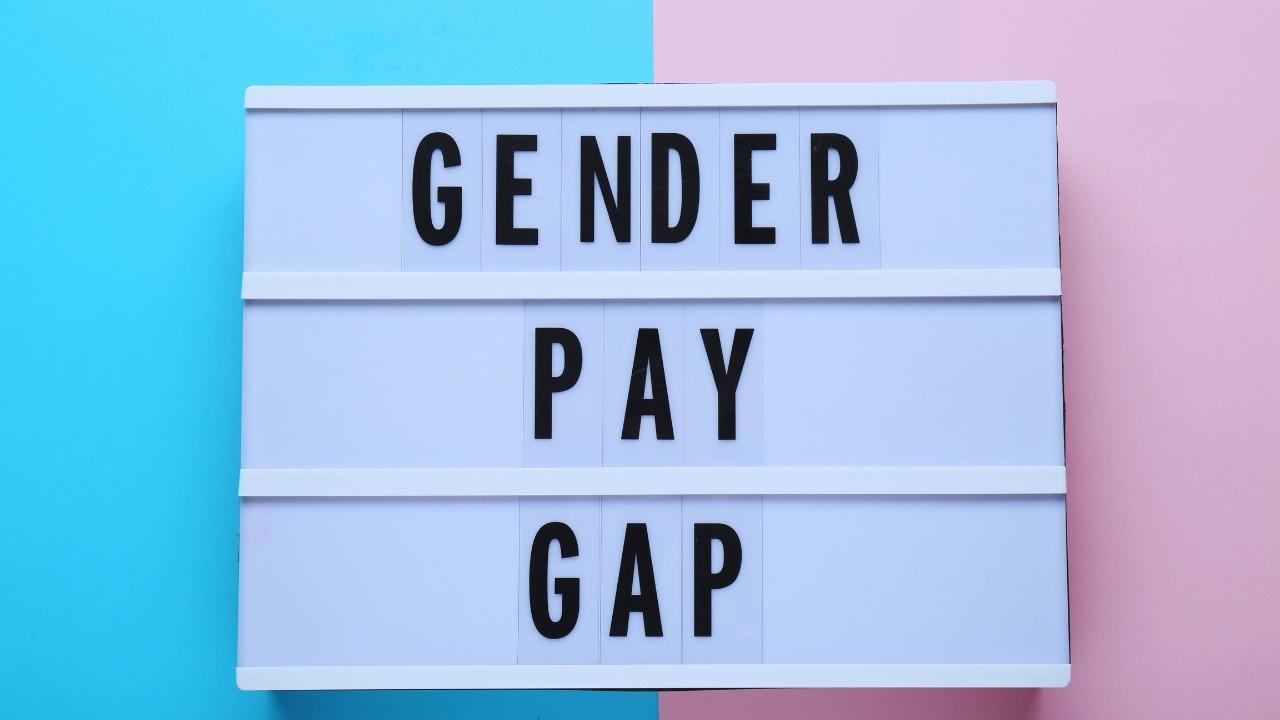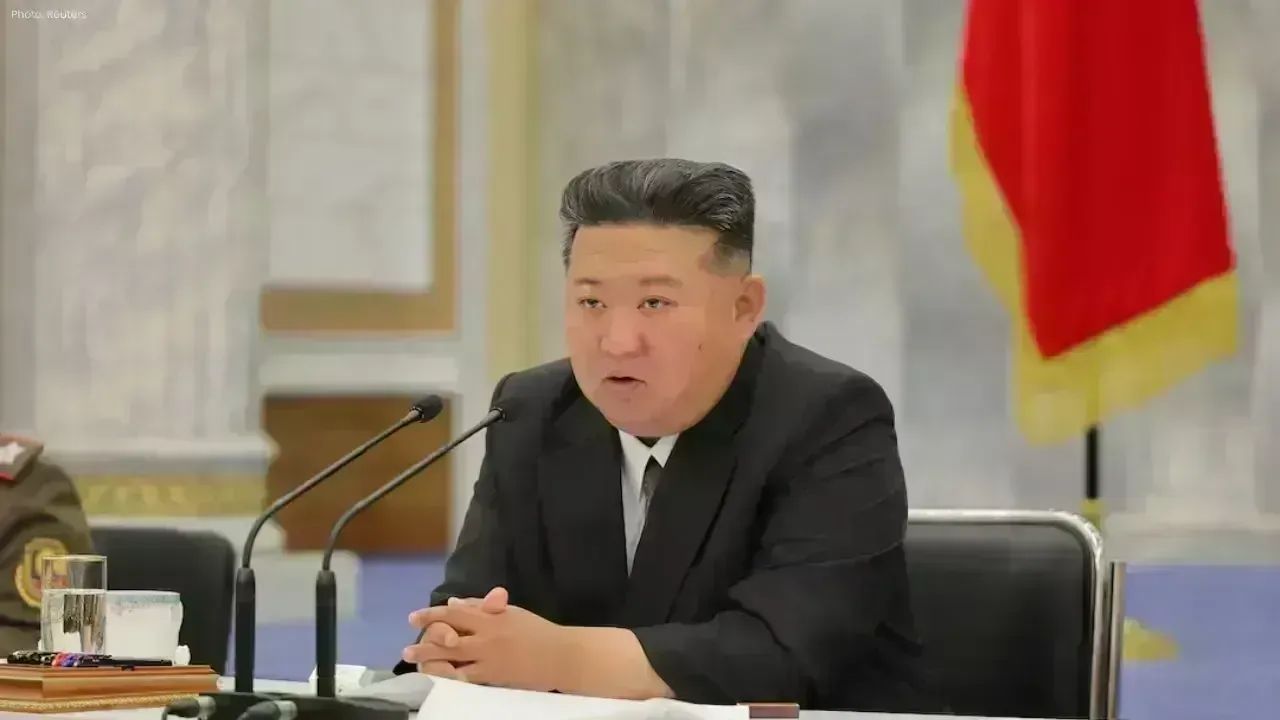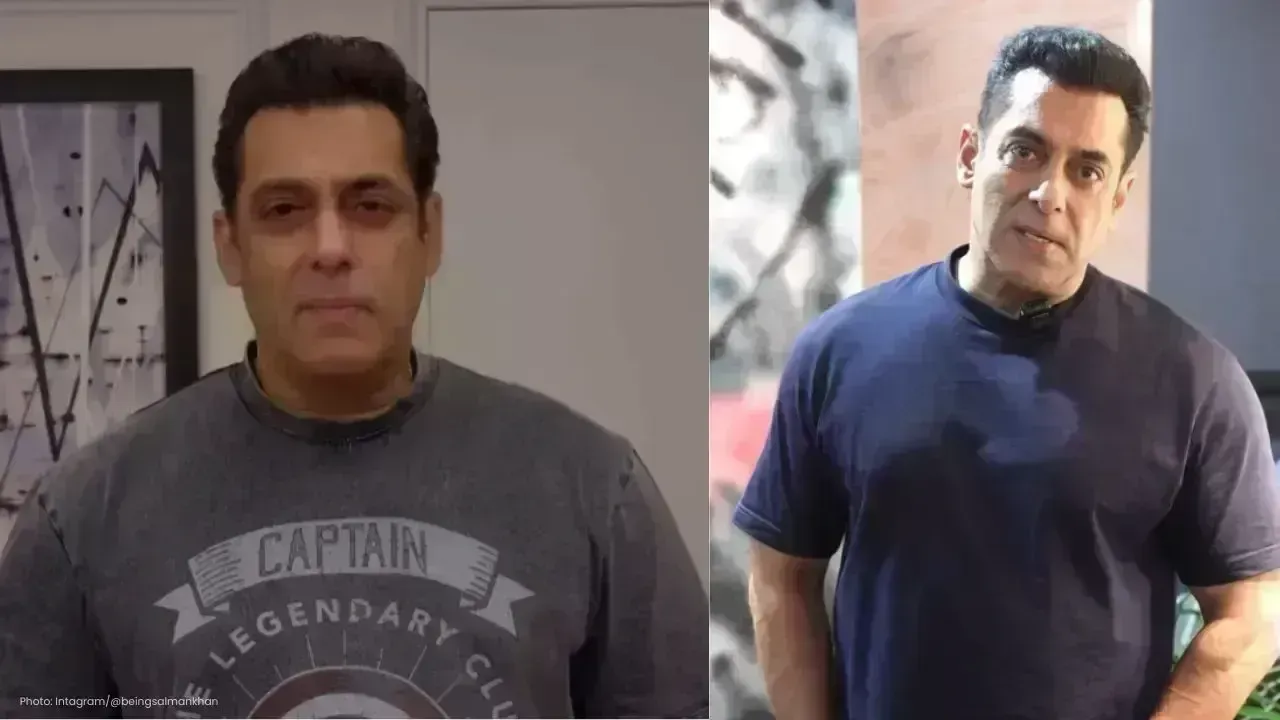You have not yet added any article to your bookmarks!

Join 10k+ people to get notified about new posts, news and tips.
Do not worry we don't spam!

Post by : Anis Farhan
The glitz, glamour, and red carpets of the entertainment world often mask an uncomfortable truth: women in film and media continue to earn substantially less than their male counterparts. While conversations about gender equality have gained momentum globally, Asian film industries—from Bollywood to Korean cinema, and Southeast Asian productions—still reflect systemic pay disparities.
Female actors, directors, screenwriters, and technical crew often receive lower salaries for comparable work. These inequalities are not just financial—they influence career progression, creative opportunities, and the industry’s cultural narrative. Understanding the scope of the gender pay gap is essential for fostering a more equitable entertainment ecosystem.
Studies and industry reports indicate that women in Asian film industries earn anywhere from 20% to 50% less than men in similar roles. The gap is particularly stark among lead actors, where male stars often command multi-million-dollar contracts, while their female counterparts, even with equivalent box office appeal, are offered significantly lower remuneration.
Beyond actors, female directors and technical crew—cinematographers, editors, sound engineers—face even steeper disparities. Many talented professionals are overlooked for high-profile projects due to entrenched gender biases, further limiting earning potential.
Several cultural and structural factors contribute to the gender pay gap in Asian film industries:
Patriarchal Norms: Traditional views on gender roles often undervalue women’s contributions, both on-screen and off-screen.
Age Bias: Female actors frequently experience pay reductions as they age, while male actors’ earning potential remains stable or even increases.
Limited Representation: Men dominate lead roles, directorial positions, and production houses, reinforcing a cycle of unequal opportunities.
Negotiation Challenges: Women may have less bargaining power, compounded by industry pressures and lack of mentorship.
These factors collectively reinforce systemic pay inequities, making change slow and challenging.
The gender pay gap has repercussions beyond salaries. Unequal compensation often limits creative freedom, discourages women from pursuing or remaining in demanding film careers, and contributes to underrepresentation in leadership roles.
When female voices are underpaid or marginalized, the diversity of stories told on-screen suffers. Movies and shows that reflect women’s experiences authentically are less likely to be produced if female creatives are undervalued. This affects both cultural richness and the economic potential of the industry, as diverse stories increasingly appeal to global audiences.
Despite these challenges, positive developments are emerging:
High-Profile Pay Equality Pledges: Some leading production houses in India, South Korea, and Japan have started to adopt transparent pay structures for lead actors.
Female-Centric Projects: Films led by women directors and producers are gaining prominence, highlighting both talent and market viability.
Advocacy and Awareness Campaigns: Industry groups and NGOs are highlighting the disparity, providing data, mentorship programs, and negotiation training for female professionals.
Global Influence: International movements like #MeToo and Time’s Up have pressured Asian industries to re-evaluate pay policies and workplace practices.
These measures indicate a gradual shift, though much work remains.
Despite progress, enforcement is complicated. Many productions operate on project-based contracts, with salaries negotiated privately. Lack of transparency, informal agreements, and industry hierarchies make it difficult to ensure consistent pay equality.
Additionally, societal pressures and cultural expectations sometimes prevent women from advocating strongly for fair compensation, reinforcing the status quo.
Public awareness and consumer support can accelerate change. When audiences champion films by female creators, media outlets highlight achievements, and awards recognize equitable work, it strengthens the business case for fair pay. Social media has become a powerful platform for exposing disparities and encouraging accountability.
Fans, critics, and industry stakeholders together can create a market environment that rewards inclusivity and equality, making pay equity not only an ethical imperative but a profitable strategy.
Achieving pay equity in Asian film industries requires a multi-faceted approach:
Transparency: Public disclosure of average pay scales for actors, directors, and crew.
Policy Initiatives: Industry-wide agreements on minimum compensation for roles and leadership positions.
Mentorship Programs: Guiding female talent to navigate contracts, negotiations, and career advancement.
Cultural Shifts: Challenging stereotypes about gender roles in both creative and executive capacities.
With collective commitment, the industry can ensure that talent is valued based on skill and contribution rather than gender.
The gender pay gap in entertainment is not merely an economic issue—it reflects deeper societal attitudes and structural inequalities. Asian film industries are at a crossroads. By embracing transparency, equitable practices, and cultural change, they can become exemplars of fairness and creativity.
A film industry where female artists are compensated equally is not just morally right—it enriches the storytelling landscape, empowers professionals, and strengthens the industry’s global competitiveness.
This article is intended for informational purposes and reflects research and observations on gender pay disparities in Asian film industries. It does not represent the editorial stance of Newsible Asia.










Thailand Defence Minister Joins Talks to End Deadly Border Clash
Thailand’s defence chief will join talks with Cambodia as border clashes stretch into a third week,

India Raises Alarm Over Fresh Attacks on Hindus in Bangladesh
India has condemned recent killings of Hindu men in Bangladesh, calling repeated attacks on minoriti

Sidharth Malhotra & Kiara Advani Celebrate Baby Saraayah’s 1st Christmas
Sidharth and Kiara share adorable moments of baby Saraayah’s first Christmas with festive décor and

South Korea Seeks 10-Year Jail Term for Former President Yoon Suk Yeol
South Korea’s special prosecutor demands 10 years for ex-President Yoon Suk Yeol on charges includin

Salman Khan’s Exclusive 60th Birthday Bash at Panvel Farmhouse
Salman Khan to celebrate his 60th birthday privately at Panvel farmhouse with family, friends, and a

Dhurandhar Breaks Records with Rs 1006 Cr, Becomes Bollywood’s Biggest Hit
Dhurandhar rakes in over Rs 1006 crore worldwide in 21 days, becoming Bollywood’s highest-grossing f